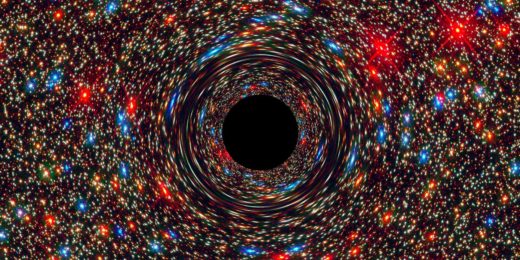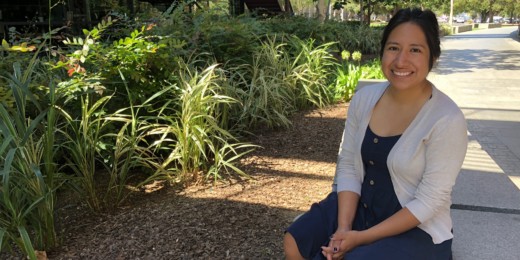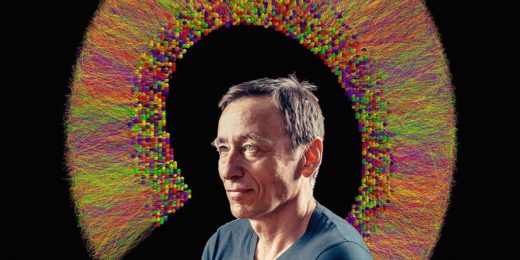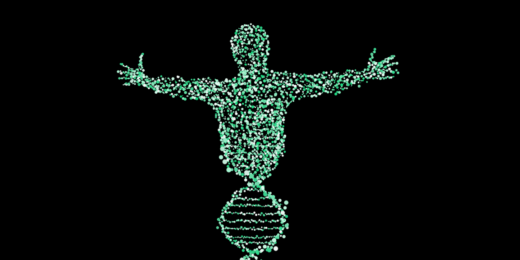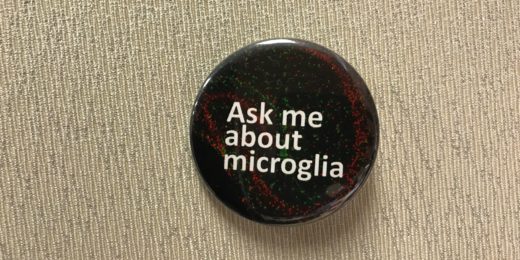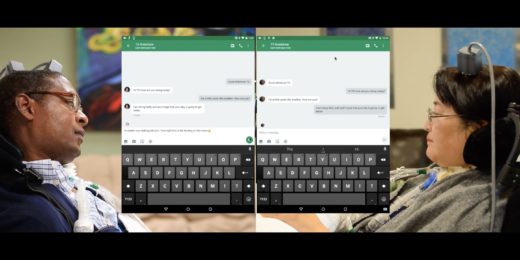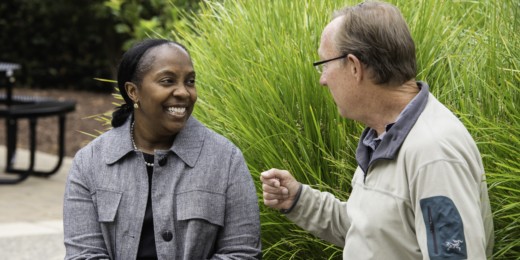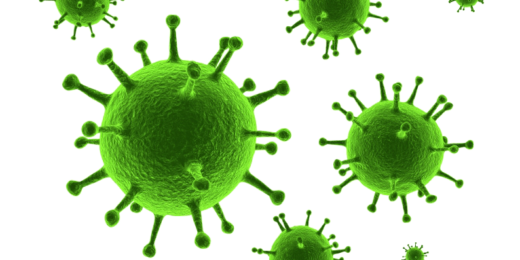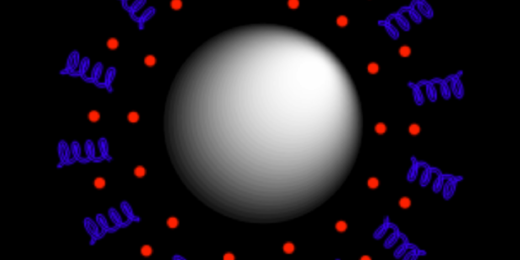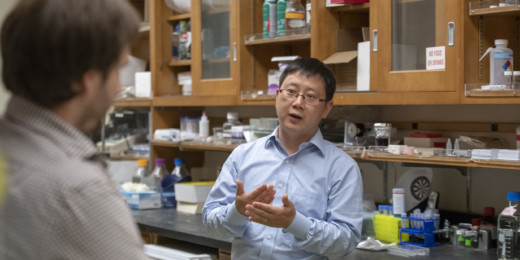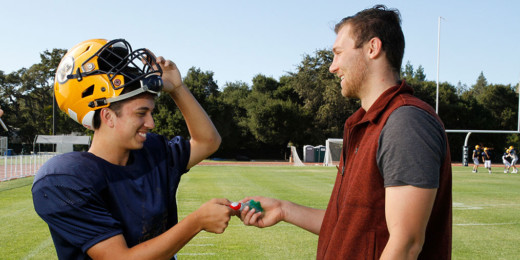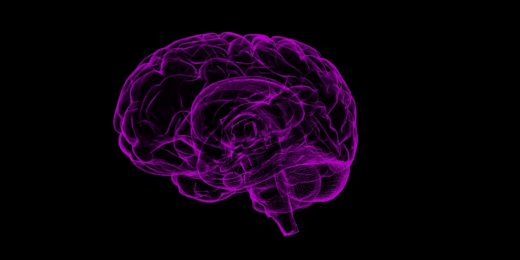Researchers led by Daniel Palanker have discovered that an imaging technique known as interferometry could be used to monitor neuron behavior.
Category: Neurobiology
In the Spotlight: A different side of neuroscience
In this In the Spotlight, graduate student Beatriz Robinson discusses her research on the enteric nervous system and her interests outside of science.
Computer memory: A scientific team builds a virtual model of a key brain region
Stanford scientists are making efforts to create high-resolution simulated versions of the human brain, bells and whistles and warts and all.
Study shows that having genetic information can affect how the body responds
New Stanford research found that knowing your genetic make-up can affect how your body responds and potentially affect your risk for certain conditions.
New hope for treating “chemo brain,” with a side of the joy of science
A decades-long scientific collaboration points the way to therapies for "chemo brain," the cognitive impairment that follows cancer treatment.
Brain implant lets people with limb paralysis compose and send emails, select videos and even play music, just by thinking
In a study, paralyzed people with tiny brain implants were able to directly operate a tablet just by thought.
A bicyclist’s road to recovery after traumatic brain injury
Brett, an avid cyclist, suffers a traumatic brain injury in a biking accident, but at Stanford he partners with his care team to pursue recovery.
Is zinc the link to how we think? Some evidence, and a word of warning
Studies have associated low zinc levels with autism spectrum disorder. But why this should be the case has been unclear. Now, scientists may have an explanation for the link.
Behind many a Parkinson’s case lurks a mutation in a gene called LRRK2 — why?
Genetic mutations affecting a single gene called LRRK2 play an outsized role in Parkinson's disease, but nobody's been able to say what the connection is between the genetic defect and the brain-cell die-off that characterizes the condition. Here's a clue.
What should parents know about acute flaccid myelitis? A Stanford expert explains
A Stanford specialist clarifies misconceptions about acute flaccid myelitis, a rare complication of certain viral infections in children.
Nanoparticle ‘cage’ allows for safe, noninvasive, precise drug delivery in the brain
Stanford researchers have shown in rats that pharmacologically active amounts of a fast-acting anesthetic drug could be released from nanoparticle "cages" in small, specified brain areas at which the scientists had aimed a beam of focused ultrasound. In principle, the same approach could work for many drugs with widely differing pharmacological actions and psychiatric applications, and even for some chemotherapeutic drugs used to combat cancer.
How the brain decides what to learn
Stanford researchers have identified that the paraventricular thalamus serves as a kind of gatekeeper that identifies and tracks the most relevant details.
The presence of his absence
In this essay, Cynthia Lim reflects on her experience caring for her husband, who was left with brain damage following a cardiac arrest.
Understanding the forces that cause sports concussions
Stanford researchers are using specially equipped mouth guards to measure how concussion happens during head impacts in high school football players.
Connecting the dots of Alzheimer’s disease
Stanford engineer Ellen Kuhl is using computer modeling to provide insight into the progress of neurodegenerative diseases like Alzheimer's.
What should parents know about concussions? A Stanford expert explains
Most kids who suffer concussions can recover at home with support from their families and doctors, according to a Stanford brain injury expert.


